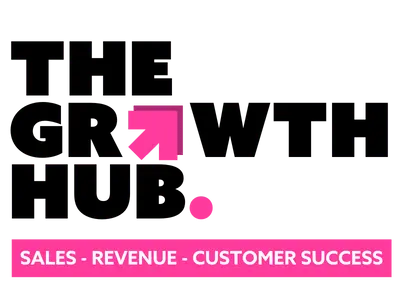If you aren’t using video prospecting as part of your sales outreach, you’re falling behind. With video predicted to account for over 80% of all internet traffic, it needs to be part of your strategy. However, many businesses still aren’t utilising video properly and not including it in their prospecting to help not only build a pipeline but nurture existing deals.
Let’s face it, cold calling and sending emails has a place, but it’s traditional now. Video prospecting is the new kid on the block and over the last few years has really kicked on. So here are three key reasons why video prospecting must become an essential part of your sales strategy in the changing world.
1. It’s more engaging
Video has swept the web, with most people watching at least ten videos a day across various platforms. There’s a reason for that. It’s more engaging. Especially for those with shorter attention spans, using video is a more easily digestible and visual format than, say, a lengthy written email or blog.
Plus, in terms of actual engagement, a prospect is more likely to watch a video (and actually pay attention) than skim read a blog or article. HubSpot’s research in fact found that video was the type of content that prospects consumed most thoroughly.
So, using video for prospecting means you’ll be able to better engage with prospects, leading to higher open and conversion rates, and more deal opportunities.
According to Vidyard’s 2021 Video in Business Benchmark Report, while 45% of people will watch a video all the way through, regardless of length, just over half will stick around to the end if it’s less than 60 seconds long. That’s pretty good engagement.
2. It’s more innovative and personal
Emails still flood inboxes, and cold calls still annoy some prospects. So try something different by sending a video and avoid the instant delete or being hung up on. Prospects don’t want generic sales spiel these days, they want something actually useful and interesting. And a video can provide just that.
You can use video to be highly personal, addressing the prospect by name and showing off the research you’ve done on them, and you can also reference some of the business goals and challenges you help solve. Video is far easier to tell a story and bring the messaging to life than in writing.
SalesLoft suggests that sales teams that use video get a 16% bump in email open rates, and an increase in replies.
3. It’s easy!
‘But I don’t know how to shoot or edit videos!’. That doesn’t cut it anymore. The barriers to video prospecting are virtually non-existent. It’s now so easy to record and send videos that there really isn’t any excuse for not doing it.
Using just your webcam, you can record personalised videos in minutes. And once recorded, it takes even less time to insert them into an email or send them to a prospect on social. Video doesn’t replace calling or social media or email prospecting, it complements them. It’s another channel to try. All you need is a webcam (laptop or desktop), a quiet space to record, headphones with a mic, and you can get going straight away.
And video shouldn’t just be for prospecting. If you want to provide some additional value to help nurture a deal, use video as a way to do it.
Two tools to get going
Wistia: Wistia is a video tool that allows you to record your webcam and screen. That makes the creation of personalised videos really simple, which is particularly useful for giving a demo, sharing a tip, or delivering a personalised sales message.
Vidyard: Similarly, Vidyard makes it incredibly easy to record your personalised videos directly from your laptop or desktop. It has screen recording functionality, as well as features to see if the video has been watched. Both tools make it incredibly easy to get up and running with video prospecting within literally minutes.
Give them a try!




